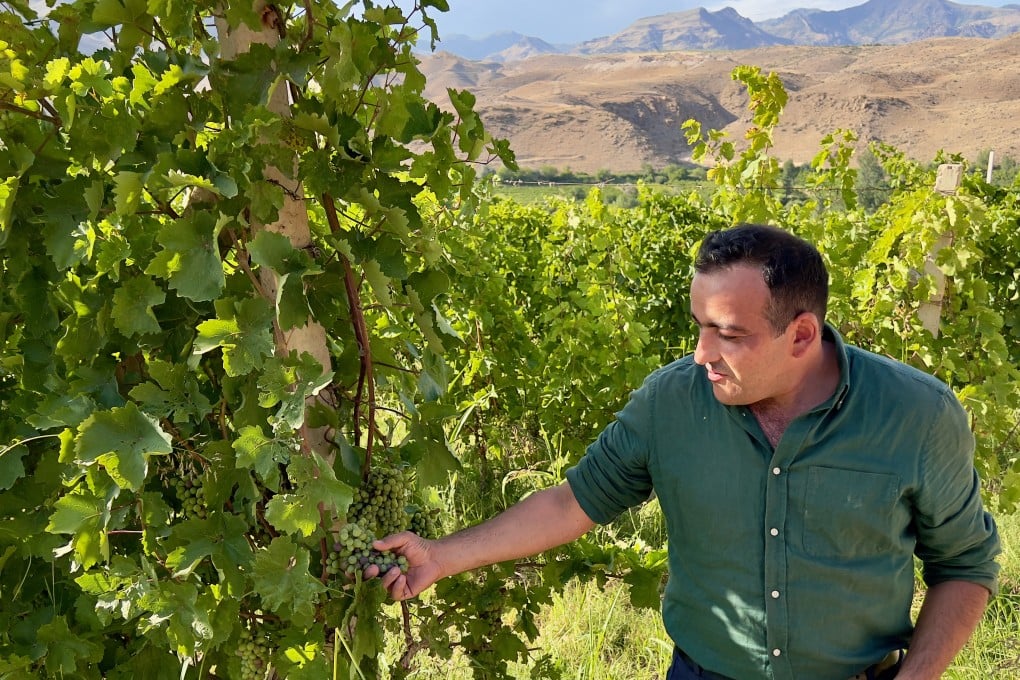Armenia, world’s oldest centre of winemaking, learns how to produce wine in ways ancient and modern after Soviet era
- The earliest evidence of winemaking anywhere is in Armenia. After 70 years of Soviet rule, a new generation is reviving old techniques to make wine afresh

Mount Ararat is the national symbol of Armenia, but of particular importance to the country’s winemakers. Legend has it that as the biblical flood receded, Noah’s ark made landfall atop the cone of this extinct volcano, and Noah eventually descended to plant the first grapevines.
But over the centuries, the neighbouring Ottoman, Persian, Russian and subsequently Soviet empires nibbled at Armenian territory or sometimes swallowed it up altogether, and the once again independent country’s beloved symbol is now just across the border, in modern-day Turkey.
On the drive southeast from Armenia’s dignified capital of Yerevan to the winemaking province of Vayots Dzor, Ararat’s white cap becomes visible long before its darker lower slopes, and appears to hover over a landscape whose high points are dotted with the domes of ancient monasteries, and whose hillsides are sometimes striped with vines, brilliant against the arid red landscape.
The Bible reports that Noah made the first wine, drank it to excess, and passed out. Whether he existed or not, there’s certainly archaeological evidence of winemaking at Vayots Dzor that would not only predate him but is the earliest yet found anywhere.

Today, the small producers of the region invite visitors to more restrained wine consumption, often paired with excellent food, with welcoming, comfortable bed and breakfast accommodation also available.
And the chances are some of the wine you taste will be made from Areni grapes, whose DNA differs little from that in 6,100-year-old wine residue found in the nearby Areni-1 cave. This is reached on a winding road through apricot orchards and up the narrow Noravank Canyon, where there’s a short climb to an entrance beneath wheeling swallows.
